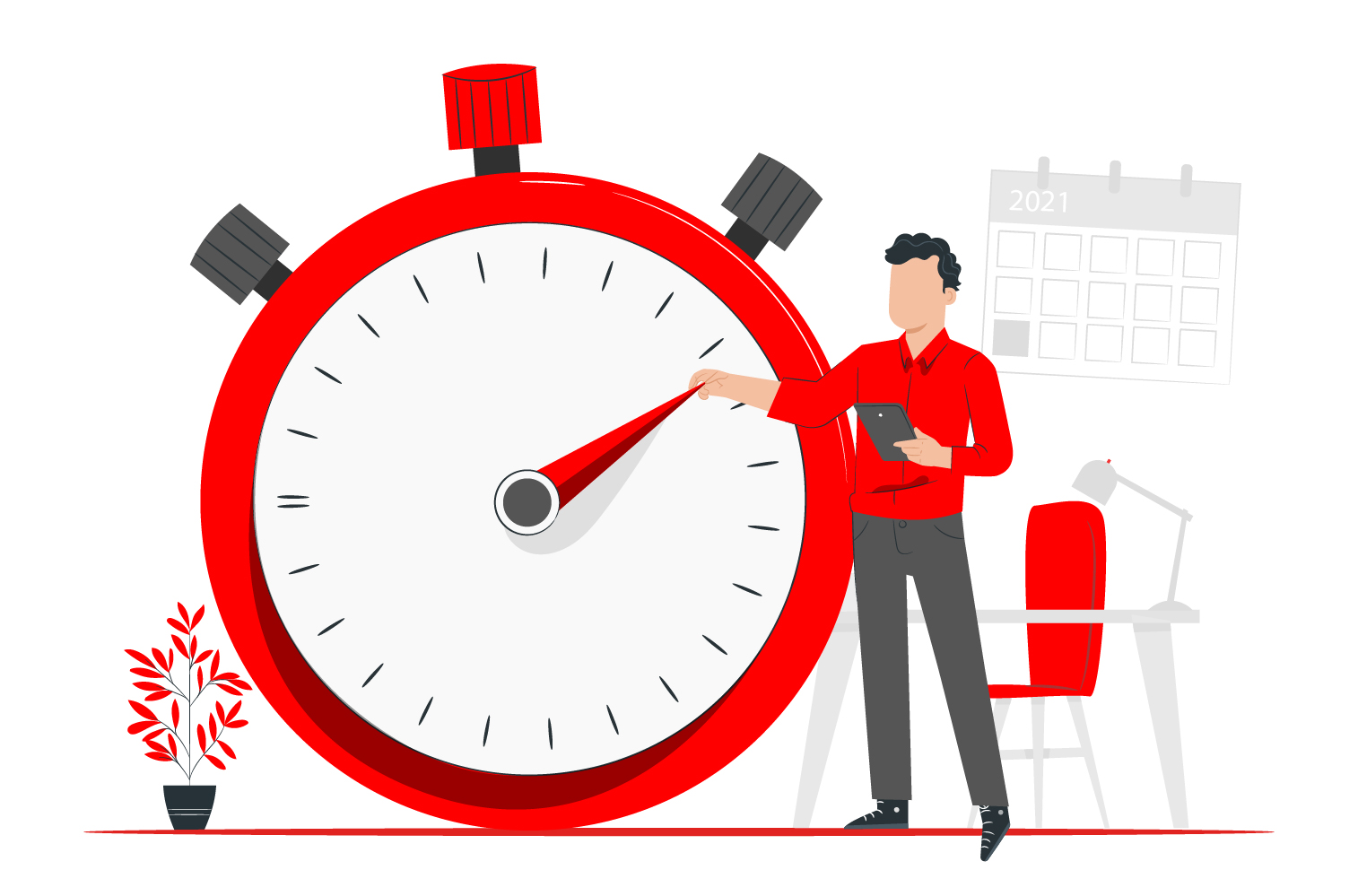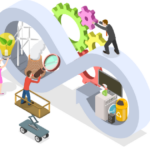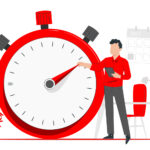In a world where data dictates strategy and innovation, organizations are increasingly turning to analytics-based systems to optimize performance. One such system that has gained traction is time tracking analytics. While time tracking has existed in various forms—ranging from basic spreadsheets to sophisticated digital platforms—its true potential becomes evident when combined with powerful analytics. By leveraging detailed reports, businesses can uncover trends, streamline processes, and make data-informed decisions that drive productivity to new heights.
In this blog post, we’ll delve into why time tracking analytics matter, the features that make them invaluable, and the tangible benefits that can transform your daily operations.
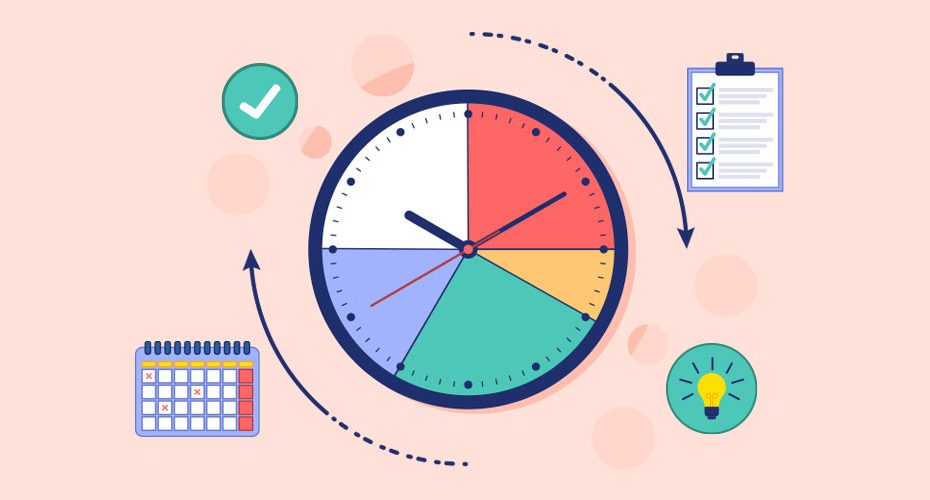
1. The Rising Importance of Time Tracking
Every day, your team invests hours into essential tasks and projects. Yet, not all of those hours contribute equally to your organization’s goals. Some tasks might be critical to strategic growth, while others turn out to be repetitive, low-impact activities. Traditional time tracking can show how many hours an employee worked, but it often falls short of revealing how those hours were spent.
Time tracking analytics bridge this gap by interpreting raw data in ways that illuminate patterns—how long projects typically take, which tasks frequently cause bottlenecks, and where potential inefficiencies may lie. Having these insights at your fingertips helps you align resources more effectively, ensuring high-priority tasks receive the focus they require.
2. Evolving from Simple Tracking to Data-Driven Insights
Basic time tracking often stops at aggregating hours under various tasks or projects. While useful for billing or simple record-keeping, these totals don’t inherently guide you toward improved efficiency. Raw data can be overwhelming if not properly analyzed, making it difficult to pinpoint what’s really impacting your bottom line.
That’s where analytics transforms the process. By using visual dashboards, intelligent algorithms, and automated reporting, time tracking analytics solutions paint a clearer picture of how work unfolds across your organization. Instead of sifting through endless lines of data, you can quickly spot trends, forecast future workload requirements, and even automate specific tasks. Whether you’re a small startup looking to scale or a large enterprise aiming to refine internal processes, these analytical tools provide the clarity you need to make strategic decisions.
3. Core Features of Analytics-Driven Time Tracking
- Granular Task Analysis
Modern platforms break down daily work into specific tasks and subtasks, giving a precise snapshot of who worked on what and for how long. This high-resolution view lets managers and team leaders see which activities take the most time and how that compares to expectations, enabling more accurate project planning in the future. - Real-Time Dashboards
Gone are the days when managers waited for weekly reports to see progress. Advanced tools offer real-time dashboards that update automatically as employees log their hours. This real-time visibility makes it easier to detect any deviation from planned timelines and quickly reassign resources if needed. - Predictive Modeling
Some analytics solutions go beyond descriptive data to incorporate predictive capabilities. By examining historical patterns—like recurring slowdowns in quality assurance or consistent delays in approvals—these systems can estimate how a project might progress under current conditions. With predictive modeling, you can adjust schedules proactively to stay on track and satisfy clients. - Benchmarking & KPIs
A robust analytics solution includes the ability to set Key Performance Indicators (KPIs) and benchmarks. This feature empowers organizations to compare actual performance against both internal goals and industry standards. If a task usually requires five hours but is now taking eight, that discrepancy can prompt a deeper investigation into the root causes. - Integration with Other Systems
For the most seamless experience, modern time tracking platforms often integrate with project management software, billing and invoicing apps, and communication tools. These integrations reduce the administrative burden on employees, minimize the risk of errors, and keep all relevant data in sync.
4. The Advantages of Embracing Analytics
- Uncovering Hidden Inefficiencies
Time-consuming tasks often go unnoticed until they become overwhelming. Analytics-based tracking identifies these hidden drains on productivity, helping you streamline workflows and optimize how your team allocates its energy. - Better Resource Allocation
Knowing exactly how much time certain tasks require allows you to allocate resources more precisely. For instance, if a developer consistently spends an excessive amount of time on administrative tasks, it may be time to bring in additional support or automate parts of the process. This reallocation ensures skilled professionals can focus on their areas of expertise, boosting both morale and output quality. - Improved Accountability and Transparency
When team members can see how their logged hours compare to project goals, they gain a clearer sense of ownership. This heightened sense of accountability fosters a culture where everyone is more mindful of how they spend their time, ultimately contributing to higher overall performance. - Enhanced Client Relations and Billing
For agencies, consultancies, and freelancers, accurate time tracking is critical for transparent billing. Detailed analytics-based reports show clients exactly how their budget was used—building trust and reducing the likelihood of disputes. Over time, you can also leverage historical data to create more precise project estimates, leading to fewer surprises and stronger client relationships. - Data-Driven Decision Making
Perhaps the most significant benefit is the ability to make decisions grounded in data rather than assumptions. Whether you need to expand your team, invest in new tools, or adjust deadlines, you’ll have clear evidence to back up each choice. This data-first approach minimizes guesswork and sets the stage for more successful outcomes.
5. Best Practices for Successful Implementation
- Choose the Right Platform
Your chosen tool should align with your organization’s specific needs. Look for features like real-time tracking, intuitive reporting, and robust analytics capabilities. The simpler it is for team members to adopt, the more accurate your data will be. - Communicate the Value
Employees may initially worry that time tracking is a means of micromanagement. To ease concerns, explain how analytics will benefit both the company and individual team members—whether it’s by eliminating overtime, providing more realistic deadlines, or spotlighting achievements that might otherwise go unnoticed. - Provide Adequate Training
Even the most user-friendly tool requires some onboarding. Offer tutorials, walkthroughs, or live demos to ensure everyone knows how to log time correctly and interpret the resulting data. Proper training is key to consistent, high-quality input that yields reliable analytics. - Set Clear Goals and Metrics
Identify what you aim to achieve—faster project turnarounds, fewer budget overruns, or improved productivity metrics—and tie those objectives to specific KPIs. By defining success criteria upfront, it becomes easier to gauge progress and measure ROI over time. - Continuously Review and Adjust
Analytics are only as useful as the actions they inspire. Regularly examine the data to see if you’re meeting your benchmarks. If the data shows a task or department consistently lagging behind, investigate the root cause. Is the issue a skill gap, a process bottleneck, or a workload imbalance? Use these insights to refine your strategies.
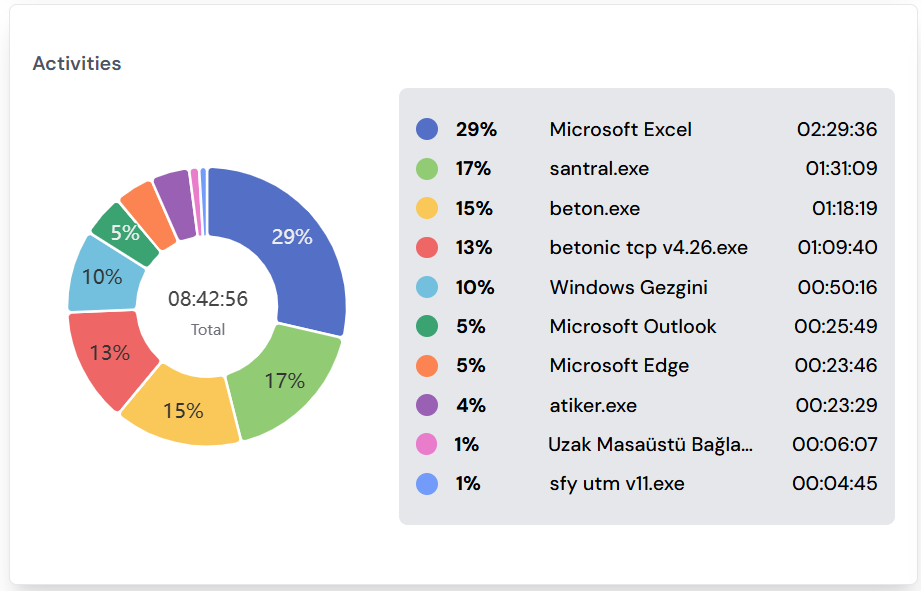
Time tracking analytics have the potential to radically enhance how organizations operate by turning everyday work logs into a treasure trove of insights. Moving beyond simple hour-counting, these platforms illuminate patterns in workflows, pinpoint areas ripe for improvement, and create an environment where data informs every decision.
When you combine accurate, real-time tracking with analytics that offer actionable insights, the result is greater efficiency, enhanced team morale, and stronger outcomes for both clients and employees. The path to better productivity need not be complicated—it simply requires a commitment to harnessing the right tools, communicating their benefits effectively, and remaining agile enough to adapt based on the story your data tells.
If you’re looking for a straightforward yet powerful way to optimize resources and foster a data-driven culture, time tracking analytics could be the catalyst you’ve been waiting for. Embrace this approach, and watch as your team’s performance and satisfaction soar.
Perwatch: Redefine Productivity
- Real-Time Visibility: Track how your team spends their time in the moment, and address potential bottlenecks before they escalate.
- Advanced Analytics: Leverage in-depth reports and data-driven insights to continually optimize your workflows.
- User-Friendly Experience: Get everyone on board quickly with an intuitive interface that keeps daily operations running smoothly.
Visit Perwatch.com now to start your journey towards powerful, data-driven productivity!
